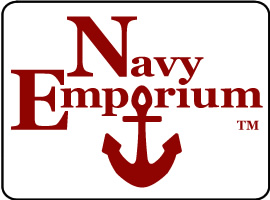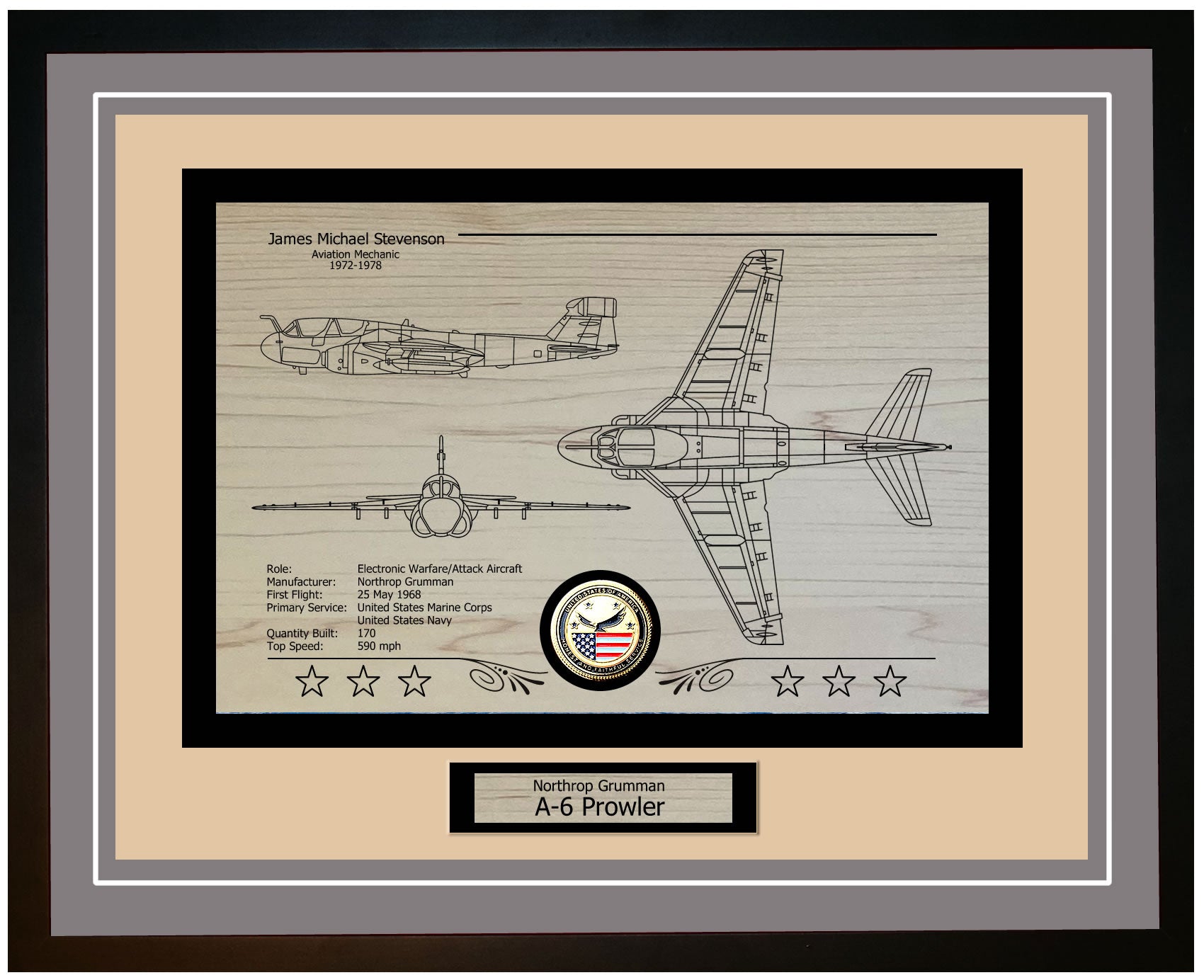During World War II, the USS Beckham (APA 133) was built as a Haskell-class attack transport. It was constructed at the California Shipbuilding Corporation in Wilmington, Los Angeles, California. The keel was laid down on July 27, 1944, and the ship was launched on October 14, 1944. This project was commissioned by the Maritime Commission to meet the demand for transport ships that could support operations during the war. The design of the Haskell-class ships was based on the VC2-S AP5 Victory ship model, known for its durability and versatility.
The USS Beckham was named after Beckham County in Oklahoma, following a tradition of naming attack transports after U.S. counties. This custom aimed to recognize regional contributions to the war effort and promote unity. Beckham County itself was named after J.C.W. Beckham, a figure who served as Governor of Kentucky and later as a U.S. Senator, carrying on a legacy of service and patriotism.
One notable feature of the USS Beckham was its capacity to transport large numbers of troops, vehicles, and equipment for amphibious assaults. The ship was well-equipped with landing craft, such as LCVPs (Landing Craft, Vehicle, Personnel) and LCMs (Landing Craft, Mechanized), which were crucial for moving troops from ship to shore. It also had weapons, including 5-inch guns, 40mm aircraft guns, and 20mm cannons, to defend against enemy threats from the air and sea.
The impact of the USS Beckham on the U.S. Navy was significant due to its role in World War II operations. Its main task involved transporting troops, supplies, and equipment to battle zones for attacks. The effectiveness of Haskell-class attack transports, including the USS Beckham, highlighted their importance in warfare, influencing conflict strategies and tactics while emphasizing the enduring significance of transport vessels.
Belonging to the Haskell-class group tailored for operations based on the Victory ship design, the USS Beckham exemplified speed, durability, and capacity for carrying troops and equipment. Its primary goal was to assist in landings by transporting personnel and supplies to beaches under enemy fire. This role contributed to the success of amphibious missions carried out by the United States during World War II, both in Europe and the Pacific.
Captain John J. Mockrish took command of the USS Beckham when it officially entered service on December 19, 1944. This ceremony marked the ship's entry into duty with the U.S. Navy. Following its launch, the USS Beckham underwent training to ensure its crew was well-prepared for their tasks. The ship's swift commissioning and subsequent service showcased the mobilization and deployment capabilities of the U.S. Navy during World War II, underscoring the role of attack transports in achieving victory.
Steel Titan: Unveiling the Structure, Technology, and Armament of USS Beckham APA-133
The USS Beckham (APA 133) served as a Haskell-class attack transport specifically designed to ferry troops and their gear to shore during missions. These ships, modeled after the VC2-S AP5 Victory ship design, offered an adaptable foundation. Measuring 455 feet in length, with a beam of 62 feet and a draft of 24 feet, the Beckham could accommodate a large number of troops and supplies while maintaining the agility required for beach landings. Its hull, made of welded steel, provided the strength and resilience to endure the challenges of operations.
In terms of technology, the USS Beckham boasted cutting-edge navigation and communication systems for its era. Equipped with radar and sonar systems for navigation and detecting enemy submarines, the ship could identify vessels and aircraft even in adverse weather conditions—a critical capability for both offense and defense. The communication setup included radio transmitters and receivers that ensured contact with ships and command centers, facilitating seamless coordination during intricate amphibious assaults. The vessel ran on a Westinghouse geared turbine engine, enabling it to reach speeds of 17 knots and match the pace of other ships in the fleet.
Regarding its weaponry, the USS Beckham was well-armed for self-defense. Its primary armament featured a 5-inch/38 caliber dual-purpose gun situated at the stern, capable of targeting both surface and aerial threats. This gun was supported by twin 40mm Bofors guns and single 20mm Oerlikon cannons strategically positioned around the ship to ensure complete coverage against airborne attacks from all angles. With this arsenal, the Beckham stood ready to face challenges from both sea and air adversaries.
The USS Beckham also housed an assortment of landing craft for transporting troops and equipment ashore. These included LCVPs (Landing Craft, Vehicle, Personnel) and LCMs (Landing Craft, Mechanized) for ferrying soldiers, vehicles, and provisions from ship to shore. The ship's well deck and davits were designed to help deploy the landing craft, ensuring that troops could land swiftly and effectively during an attack. Additionally, the Beckham had cargo handling equipment, such as booms and winches, for loading and unloading supplies and equipment. This capability was vital for maintaining operations after landings, enabling the ship to assist in long-term campaigns by supplying a steady stream of reinforcements and materials.
USS Beckham APA-133: Evolution of a Naval Workhorse and Its Legacy in Maritime Operations
In Section III of the USS Beckham's history, we highlight the upgrades, mission capabilities, and contributions the ship made to the U.S. Navy over time. Originally put into service in 1944 as part of the Haskell-class attack transports, the Beckham underwent improvements to its navigation and communication systems as technology advanced. These enhancements included upgrades to radar and sonar systems, boosting its efficiency for missions. The ship's armament was also periodically updated to ensure it could effectively protect itself and its cargo from emerging threats.
The USS Beckham had a range of mission capabilities that evolved to meet the changing requirements of the U.S. Navy. Initially tasked with transporting troops, vehicles, and supplies during World War II, its design allowed for the deployment of personnel and equipment during operations. As global dynamics shifted after the war, the Beckham took on roles such as participating in training exercises and Cold War activities. The ship's versatility was an asset, playing a significant role in various naval operations.
During its time in service, the USS Beckham made notable contributions to the fleet during World War II and the post-war era. In wartime, it was vital in missions like the Okinawa invasion, successfully deploying troops and equipment despite challenging conditions. Its quick and efficient deployment of forces proved essential for mission success, highlighting the importance of attack transports in naval strategies. After the war, the ship remained pivotal in Navy operations, participating in training exercises that enhanced U.S. readiness.
The legacy of the USS Beckham showcases how adaptability and technological advancements are key to maintaining a fleet. Through upgrades and mission enhancements, it stayed relevant and valuable throughout its years of service. Its involvement in missions and training exercises underscores the critical role of support vessels in achieving strategic goals in naval warfare. The history of the Beckham is a testament to the necessity of adaptability and creativity when confronted with evolving risks and challenges.
USS Beckham APA-133: A Legacy of Valor and Service on the High Seas
The USS Beckham (APA 133) played a significant role in important missions while serving with the United States Navy. Launched in 1944, the ship was primarily used as an attack transport to ferry troops and their gear to enemy territories. One of its notable deployments occurred during World War II in the Pacific Theater, where the Beckham participated in the Okinawa invasion. This mission was crucial in securing a position for the Allied forces, with the ship’s contribution to troop transportation and landings under fire being key to its success.
After World War II, the USS Beckham continued its service, adapting to meet the evolving needs of the Navy. During the Korean War, it was recommissioned to support United Nations forces, participating in operations by ferrying troops and supplies to Korea. The ship's ability to swiftly and effectively move personnel and equipment proved invaluable during this conflict. The deployments of Haskell-class attack transports during this time showcased their versatility and dependability in operations after World War II.
The USS Beckham received numerous awards and recognition for its contributions to the United States Navy's efforts in significant conflicts. In acknowledgment of its service during World War II, the ship was presented with the Asiatic-Pacific Campaign Medal along with a battle star for its involvement in the Okinawa operation. It was also honored with the World War II Victory Medal, symbolizing its role in securing victory for the Allies. During the Korean War, the Beckham earned the Korean Service Medal, emphasizing its significance in post-war operations.
The enduring legacy of the USS Beckham (APA 133) is defined by its service and the many accolades it garnered. The ship's missions during both World War II and the Korean War highlighted its critical role in warfare and troop transportation. The honors bestowed upon the Beckham stand as a tribute to the courage and commitment of its crew members who faced perilous circumstances. As a Haskell-class attack transport, the Beckham epitomized the importance of vessels in mid-20th-century naval warfare, leaving an indelible mark on U.S. Navy history.
USS Beckham APA-133 Ship Specifications
| Specification | Details |
|---|---|
| Class | Haskell Class Attack Transport |
| Commissioned | December 10, 1944 |
| Displacement | 14,837 tons |
| Length | 455 feet |
| Beam | 62 feet |
| Draft | 24 feet |
| Speed | 17.7 knots |
| Complement | 56 Officers 480 Enlisted |






